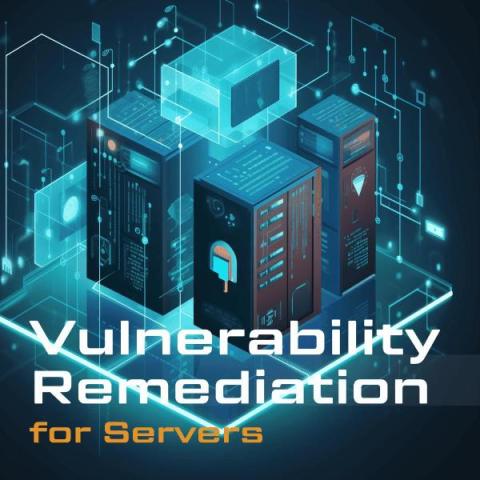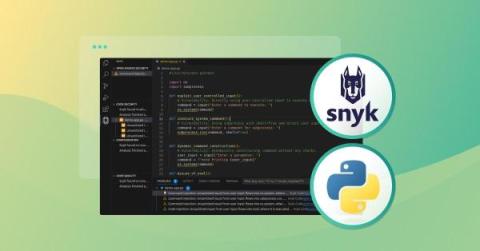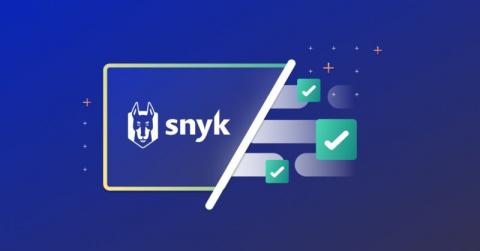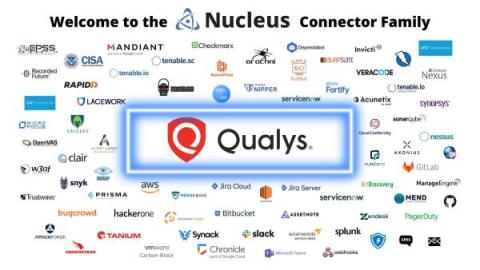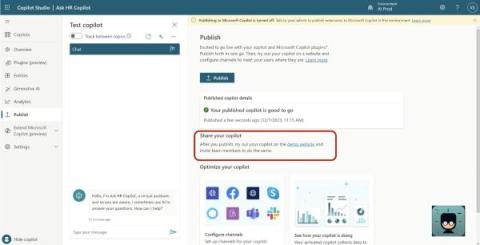Xfinity Writhes; 36 Million Records Breached via Vendor Vulnerability
Xfinity is the name of Comcast Communications’ internet, TV, and phone service; it is the most significant cabled internet service in the states, with more than 32 million residential customers. Available in 39 contiguous states and the capital, the service provides communication solutions for individuals, companies, institutions, and clinical networks. Xfinity’s vast influence has made them a target for cybercriminals.




